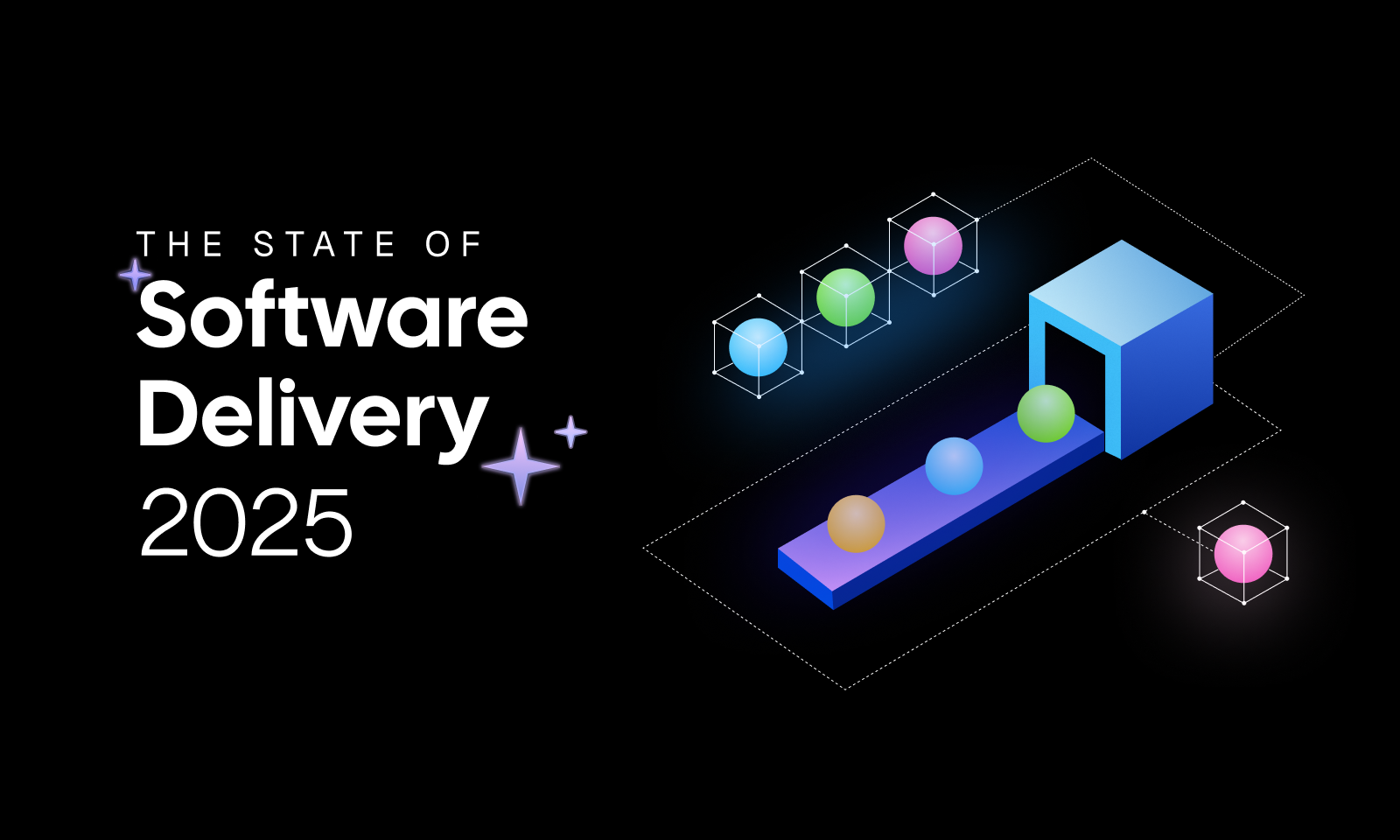What is an Application Programming Interface (API)?


Key takeaway
This article explores the significance of Application Programming Interfaces (APIs) in enabling communication and data exchange between different software applications. It highlights the role of APIs in facilitating integration, automation, and innovation in modern software development practices.
Introduction
An Application Programming Interface (API) is a set of rules and protocols that allows different software applications to communicate with each other. It acts as an intermediary between different software components, enabling them to interact and exchange data seamlessly. Like how a User Interface is how users interact with your application, and API is how other programs interact with your app.
APIs define the methods and data formats that applications can use to request services from each other. They provide a standardized way for developers to access the functionality of a software system or service without having to understand the underlying implementation details. This abstraction layer simplifies the development process and promotes code reusability.
APIs can be found in various contexts, such as web development, mobile app development, and system integration. Web APIs, also known as HTTP APIs, are commonly used to enable communication between web applications and servers. They allow developers to retrieve data from remote servers, submit data, and perform various operations over the Internet.
What are the Different Types of APIs?
APIs can be categorized into different types based on their purpose and functionality. Some common types include:
- Web APIs: These APIs are designed to expose the functionality of a web service or application over the internet. They use standard protocols like HTTP and REST (Representational State Transfer) to enable communication between clients and servers.
- Library APIs: Library APIs provide a collection of functions and classes that developers can use to build applications. These APIs are typically bundled with software development kits (SDKs) and programming languages, allowing developers to leverage pre-built functionality and reduce development time.
- Operating System APIs: Operating system APIs provide a set of functions and services that allow applications to interact with the underlying operating system. They enable developers to access system resources, manage processes, handle input/output operations, and perform other low-level tasks.
- Database APIs: Database APIs facilitate interaction with databases, allowing developers to query, insert, update, and delete data. These APIs abstract the complexity of database management systems and provide a simplified interface for accessing and manipulating data.
How APIs are used in the Software Delivery Lifecycle (SDLC)
APIs play a crucial role in the software delivery lifecycle, enabling seamless integration and collaboration between different components of a software system. From development to deployment and maintenance, APIs facilitate efficient communication and enhance the overall software delivery process.
During the development phase, APIs are used to connect various modules and services within an application. Developers can leverage existing APIs to access functionalities like authentication, data storage, payment processing, and more. This promotes code reusability, reduces development time, and ensures consistency across different parts of the application.
APIs also enable teams to work in parallel during the development process. For example, frontend and backend developers can work independently by defining clear API contracts. This allows them to develop their respective components simultaneously, ensuring smooth integration when they come together.
In the testing phase, APIs are essential for conducting integration tests. By simulating interactions with external systems or services through APIs, developers can verify that different components of the software work harmoniously. Integration testing helps identify and resolve any issues or inconsistencies before moving on to the next stage.
APIs continue to be valuable during the deployment phase. Services which interact with stable, well-defined APIs can typically be deployed independently from each-other, simplifying the test and release process.
Once the software is live, APIs are used for ongoing maintenance and updates. They enable seamless integration with third-party services, allowing developers to add new features or extend functionality without disrupting the existing system. APIs also facilitate the collection of usage data and analytics, which can be used to optimize performance and user experience.

The State of Software Delivery 2025
Beyond CodeGen: The Role of AI in the SDLC
